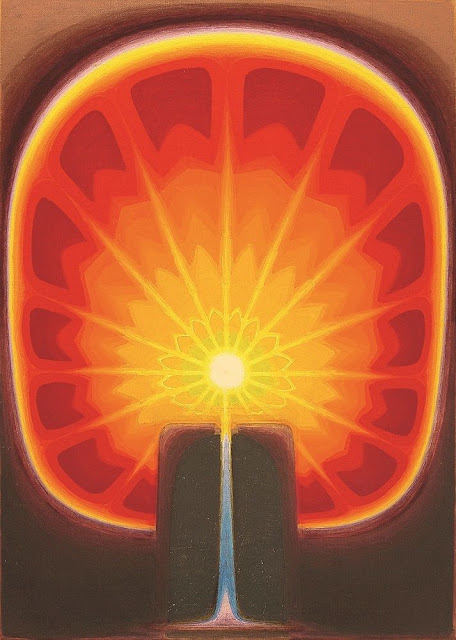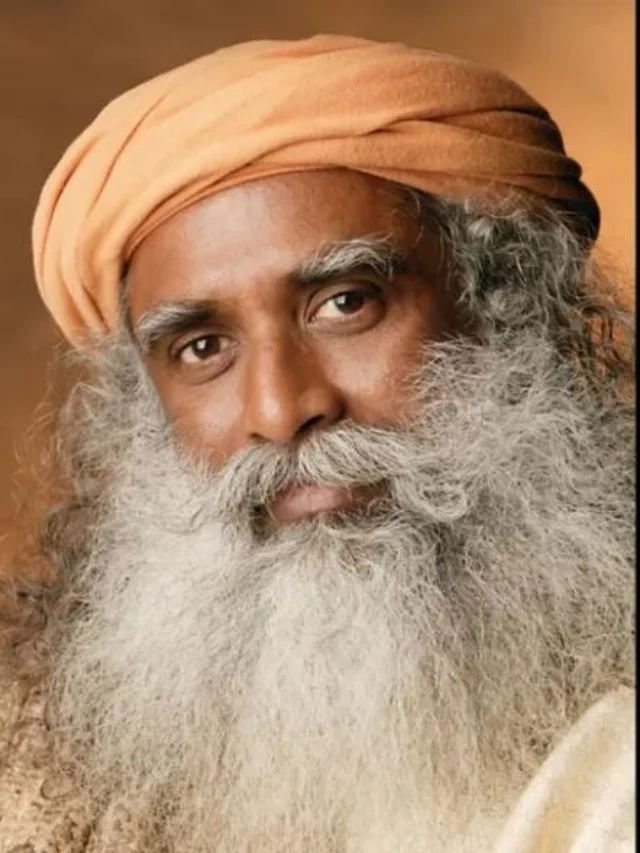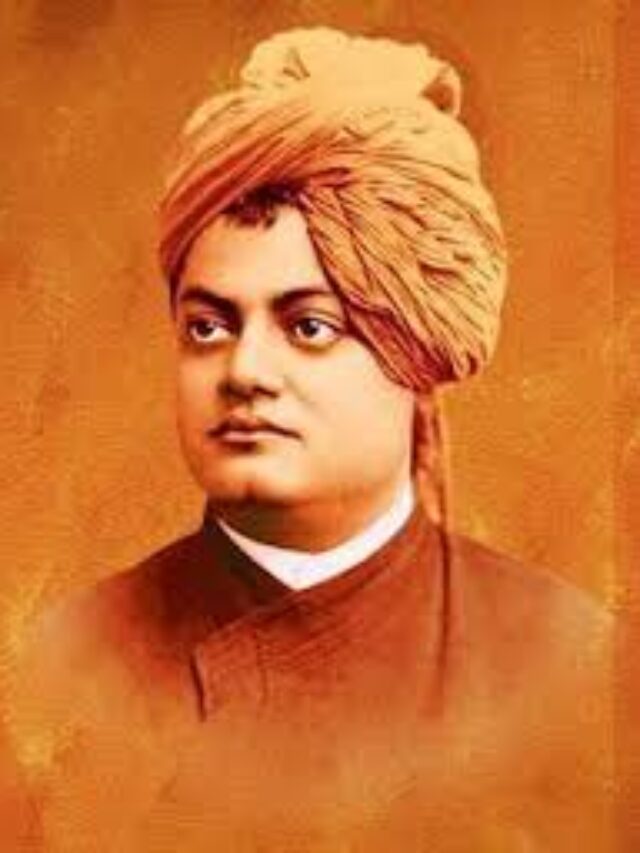Introduction to Biren De
Biren De was one of India’s most profound modern artists, known for his bold experimentation with form, color, and tantric symbolism. Born in the early 20th century, he developed a unique language of spiritual abstraction that distinguished him in the Indian art world and beyond.
His art often fused mystical Hindu motifs with a modernist visual vocabulary, offering both visual delight and spiritual depth. Whether viewed in Delhi or New York, his mandala-like works evoked a powerful, universal resonance.
Early Life and Childhood
Family Background
Biren De was born in 1926 in Faridpur (now in Bangladesh). His family moved to India during the partition, and like many artists of his time, displacement and identity played subtle roles in shaping his creative journey.
Early Artistic Interests
As a child, Biren De exhibited a natural affinity for drawing. His notebooks, walls, and schoolbooks were filled with curious symbols, dynamic figures, and shapes. These weren’t just doodles—they were the seeds of a future visual philosopher.
Education and Artistic Training
College of Art, Delhi
Biren De pursued formal training at the Government College of Art & Craft in Kolkata before transferring to Delhi. He graduated from the Delhi Polytechnic Art Department in 1949, a pivotal era for Indian art that saw a shift from colonial aesthetics to independent expressions.
Influences from Western and Indian Artists
While rooted in Indian spirituality, Biren De’s style also reflected the influence of European abstractionists like Kandinsky and Paul Klee. His later interest in tantra and metaphysics brought him closer to ancient Indian ideas, but his technique remained strikingly modern.
Career Beginnings and Artistic Evolution
Early Paintings and Themes
Biren De’s early works dealt with figurative expressionism—gritty, emotionally charged, and raw. As he matured artistically, he began to search for deeper meaning, turning to Indian philosophy and spiritual symbolism.
Shift Towards Symbolism and Tantric Forms
In the 1960s, De’s work underwent a dramatic transformation. He embraced sacred geometry, chakras, and mandalas as central visual elements. These works weren’t religious—they were explorations of consciousness, energy, and the self.
Signature Style and Themes
The Use of Mandalas and Chakras
De’s circular compositions symbolized cosmic unity. The mandala—a spiritual and ritual symbol in Hinduism and Buddhism—was used to represent the universe in his work. He reinterpreted it through bold colors and geometric precision.
Bright Color Palettes and Sacred Geometry
His use of electric blues, radiant reds, and blinding whites created an aura of transcendence. Circles within circles, vertical energy lines, and bursts of light defined his hypnotic canvases.
Major Exhibitions and Global Recognition
🇮🇳 Solo Shows in India
Biren De held numerous solo exhibitions across India in the 1950s to 1980s, including at the prestigious Lalit Kala Akademi. His unique visual vocabulary attracted critical acclaim and a devoted following.
International Exhibitions
His participation in global shows such as the Venice Biennale (1962) and exhibitions in New York, Tokyo, and São Paulo placed him on the international stage. He was one of the first Indian artists to gain such recognition abroad.
Awards and Achievements
Lalit Kala Akademi Recognition
In 1958, he received the National Award from Lalit Kala Akademi, validating his unique contribution to Indian modernism. Later in life, he was awarded the Padma Shri in 1992, one of India’s highest civilian honors.
International Art Residencies
He received a Fulbright Scholarship to study in the United States, exposing him to Abstract Expressionism and broadening his artistic horizons.
Legacy and Influence on Indian Modernism
Impact on Younger Artists
Biren De inspired generations of artists to explore spiritual and non-figurative art. His work opened doors for integrating tantra and metaphysics into contemporary Indian art.
Place in Indian Art History
He holds a distinctive space in post-independence Indian art—not for following trends, but for boldly creating a path between the ancient and the avant-garde.
Notable Artworks and Analysis
Famous Paintings: A Closer Look
Some of his most celebrated pieces include Third Eye, Energy Flow, and Chakra I-V. These works showcase the vibrant intensity and inner discipline that defined his style.
Interpreting Tantric Symbolism in His Work
Rather than illustrating religious concepts, De’s works act as meditative tools. Circles symbolize wholeness; lines suggest energy; radiant centers hint at spiritual awakening.
Personal Life and Philosophy
Biren De was a private individual. He avoided fame, preferring solitude and meditation. He once remarked, “Art is not about decoration; it’s about elevation.” His lifestyle reflected the inner stillness his art projected.
Biren De in Public and Private Collections
His paintings are held in institutions like the National Gallery of Modern Art (India), and private collectors in New York, Paris, and Tokyo. He remains highly valued in the global art market.
Comparisons with Contemporary Artists
While others like S.H. Raza and G.R. Santosh also explored spiritual abstraction, Biren De’s work stands apart due to its precise geometry and psychedelic palette. He was often dubbed “India’s Kandinsky,” though he charted his own cosmic course.
FAQs about Biren De
Q1: What is Biren De known for?
A: Biren De is known for his abstract tantric paintings featuring mandalas, chakras, and radiant color fields that explore spiritual consciousness.
Q2: What influenced Biren De’s style?
A: He was influenced by Indian tantric philosophy, sacred geometry, as well as modernist Western artists like Kandinsky and Klee.
Q3: Did Biren De receive any national awards?
A: Yes, he received the Padma Shri in 1992 and the National Award from the Lalit Kala Akademi in 1958.
Q4: Where can I view Biren De’s work today?
A: His works are on display at the National Gallery of Modern Art and are also part of international private collections.
Q5: What was Biren De’s artistic philosophy?
A: He believed art should elevate the soul, acting as a tool for meditation and higher consciousness—not mere decoration.
Q6: Is Biren De’s art religious?
A: Not exactly. While inspired by spiritual symbols, his art is more metaphysical and philosophical than religious.
Conclusion
Biren De remains one of the most underrated yet profoundly impactful artists in Indian modernism. His art was not just visual—it was visceral. With each painting, he bridged the gap between mysticism and modernity, the cosmic and the canvas. As the world rediscovers Indian abstract art, Biren De’s legacy shines ever brighter.
Read More About Famous Artists:
Somnath Hore, Dhan Raj Bhagat, Ramkinkar Vaij, Arpana Caur, Jai Zharotia, Gogi Saroj Pal, Vivan Sundaram, Manjit Bawa, Jatin Das, Biren De, Gulam Mohammad Sheikh, Arpita Singh, A Ramachandran, Om Prakash, Shanti Dave, Bishamber Khanna, Jagdish Swaminathan, Anjolie Ela Menon, Satish Gujral, G.R. Santosh













